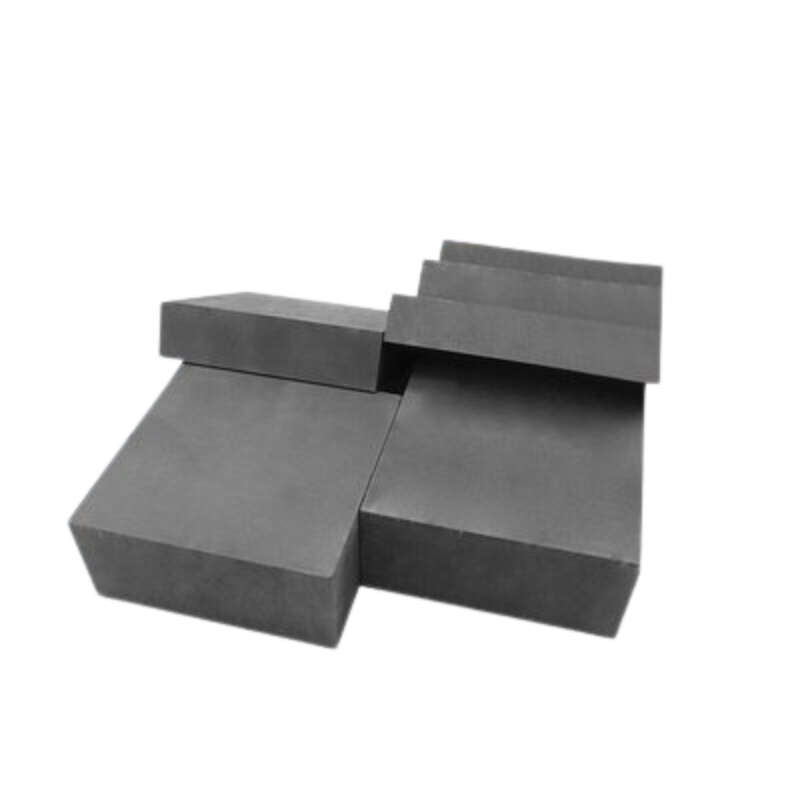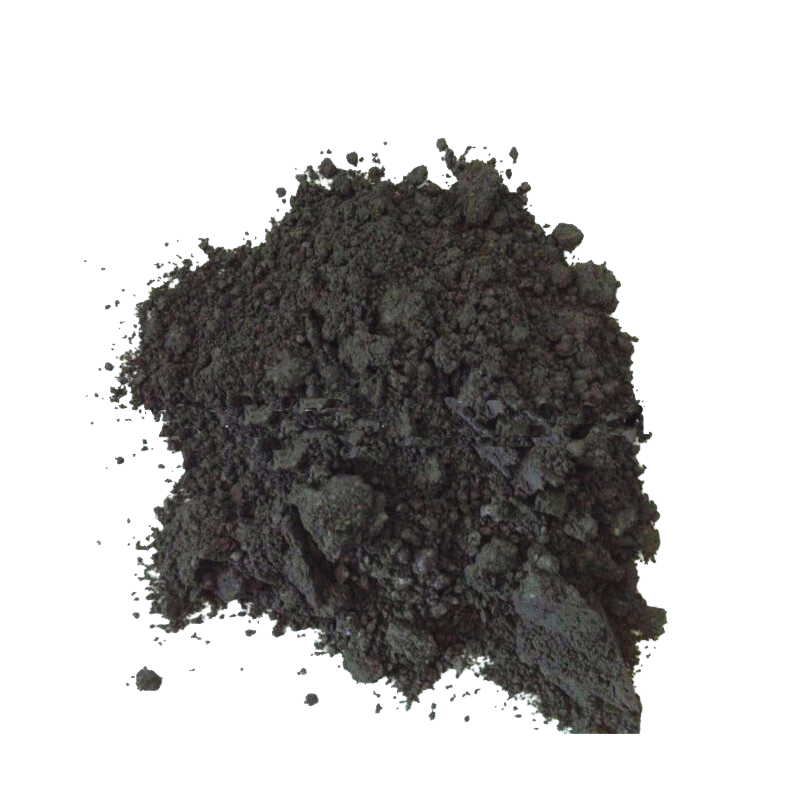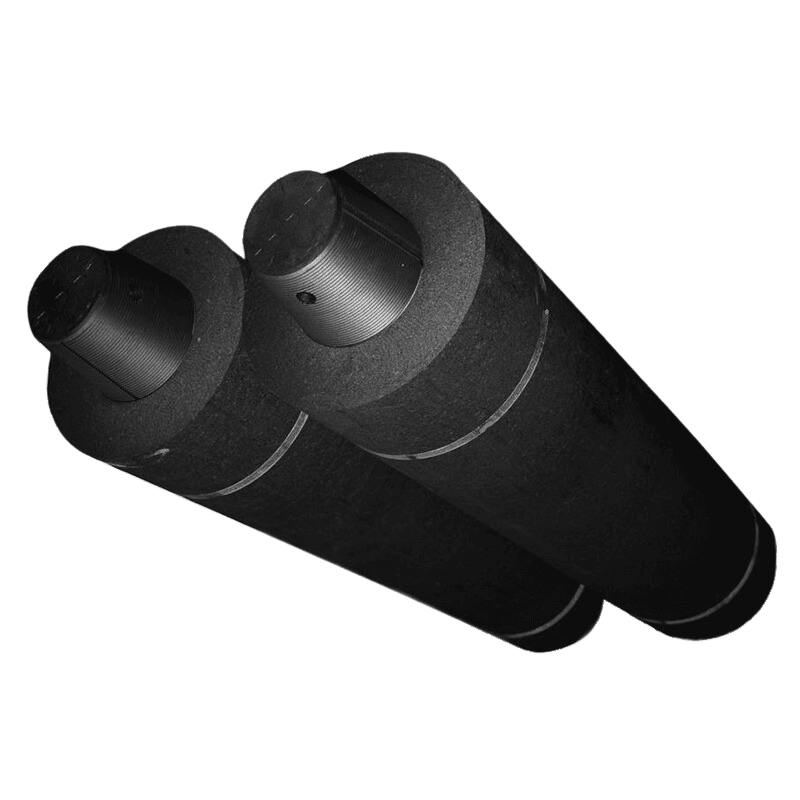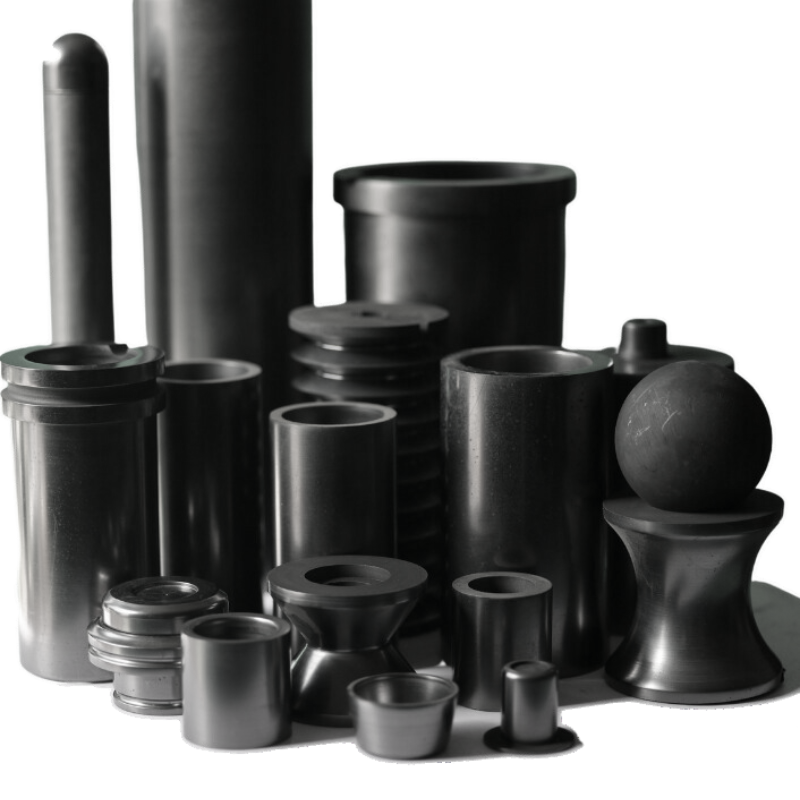Graphite rods are rod-shaped structures made of graphite material, and graphite plays a crucial role in this application. Here are the main functions of graphite in graphite rods:
- Conductivity: Graphite is an excellent conductor of electricity, giving graphite rods excellent electrical conductivity. This makes graphite rods very useful in electrical applications, such as electrochemical reactions, electrolytes, and battery systems.
- High-Temperature Resistance: Graphite exhibits outstanding high-temperature resistance, maintaining structural stability under extreme temperature conditions. This makes graphite carbon rods an ideal choice in high-temperature environments, such as applications in high-temperature furnaces and other heat treatment equipment.
- Chemical Stability: Graphite has high stability against many chemicals and is less prone to react with most solvents. This imparts excellent chemical stability to graphite carbon rods, making them perform well in environments involving chemical processes, such as in chemical laboratories or certain industrial applications.
- Lubrication: Graphite serves as a solid lubricant due to its molecular structure, forming a thin lubricating film on friction surfaces. This property gives graphite carbon rods superior performance in mechanical devices where lubrication is required, reducing friction and wear.
- Thermal Conductivity: Graphite possesses excellent thermal conductivity, effectively transferring heat. Therefore, graphite carbon rods are often used as heat-dissipating components, for example, in electronic devices, to ensure efficient heat dissipation under high loads.
- Mechanical Strength: The mechanical strength of graphite carbon rods depends on the structure of graphite and the manufacturing method. In some applications, the strength of graphite is sufficient to meet mechanical requirements, making it a part of mechanical structures.
In summary, the functions of graphite in graphite carbon rods mainly cover conductivity, high-temperature resistance, chemical stability, lubrication, thermal conductivity, and mechanical strength. These superior properties make graphite carbon rods widely applicable in various fields, ranging from electronic devices to the chemical industry, where they can fulfill unique functions.





